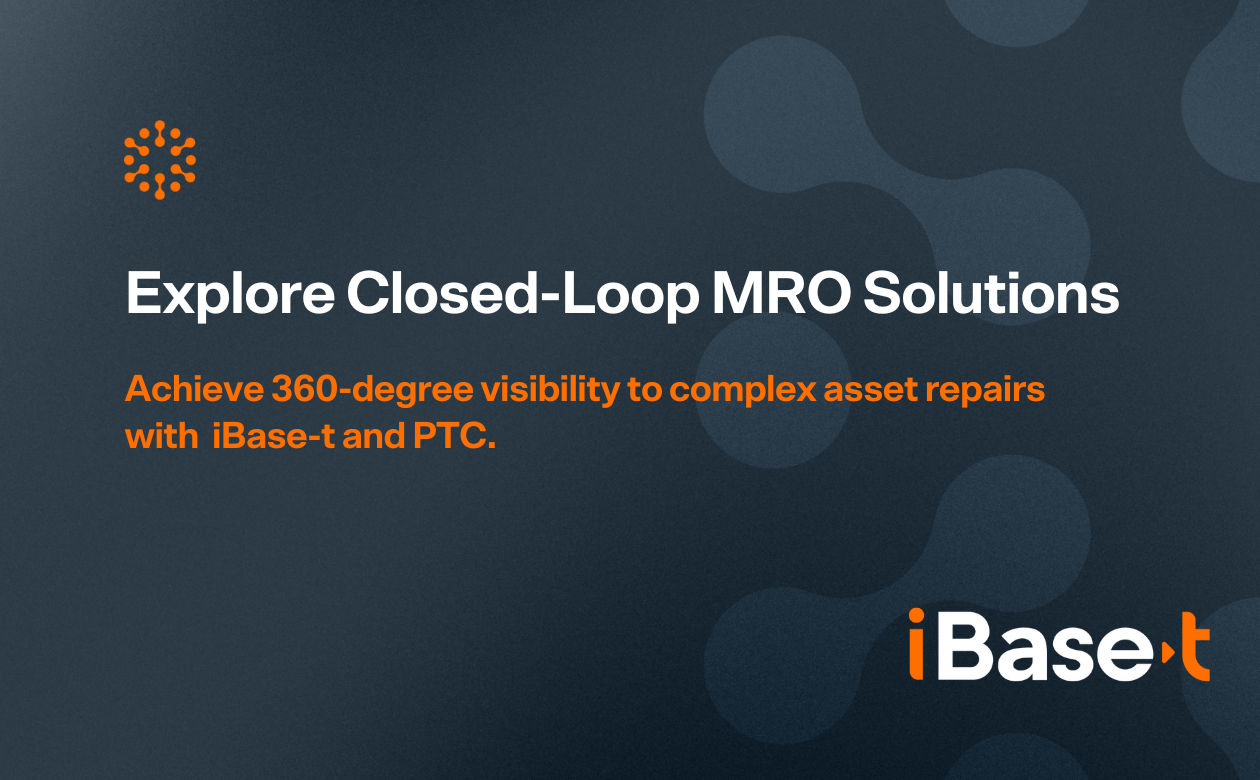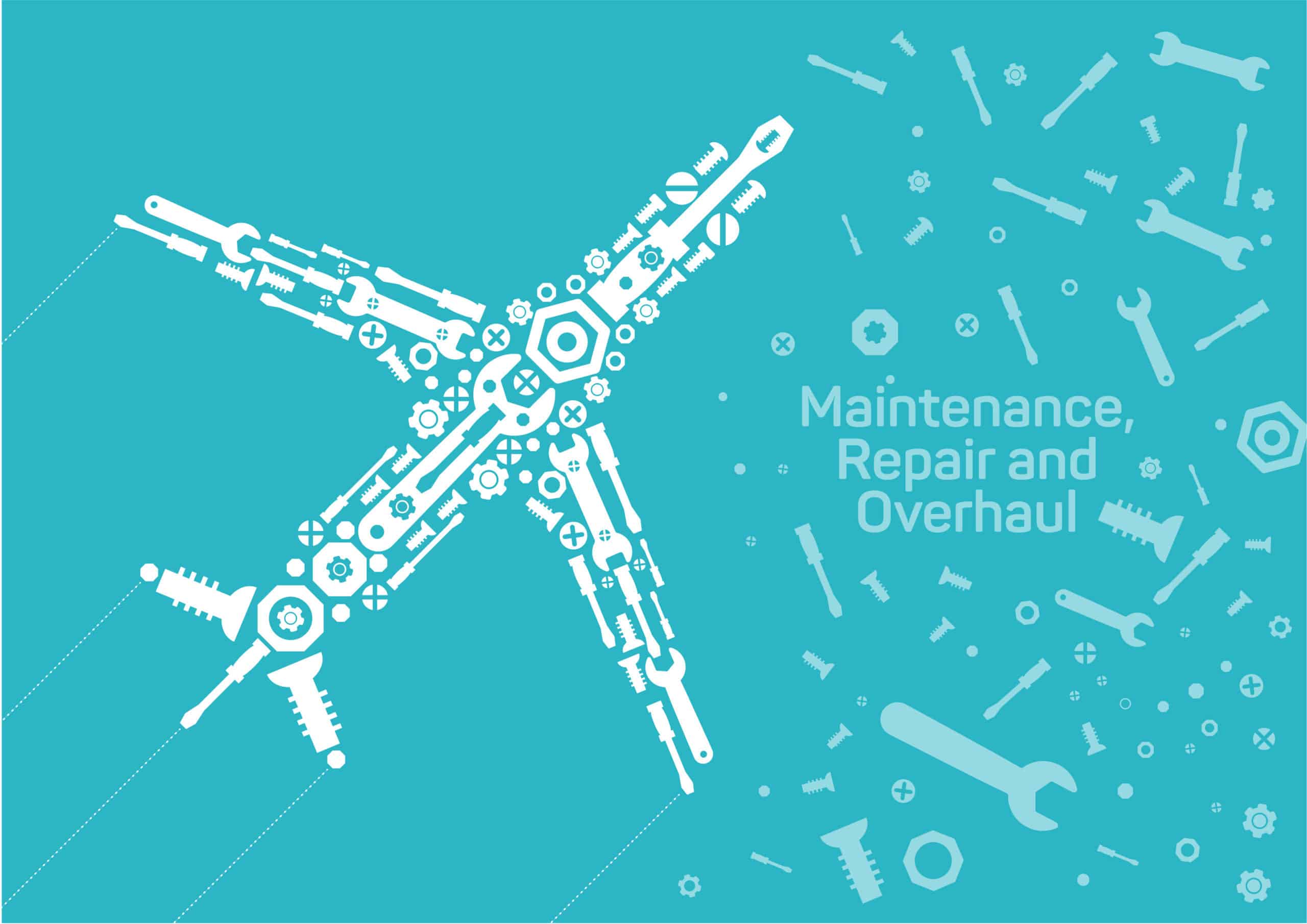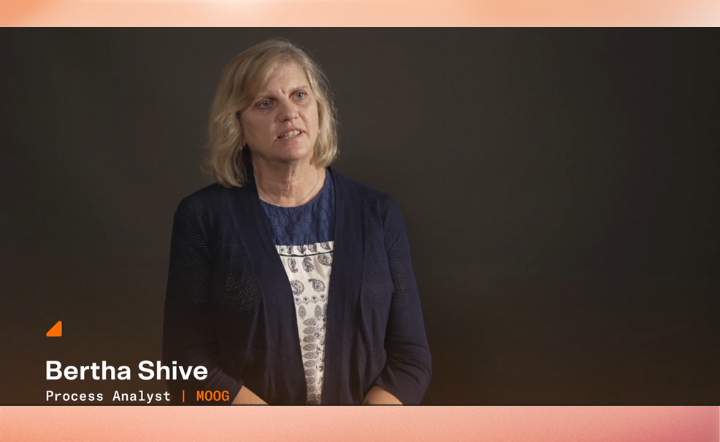Increase the Visibility, Control, and Efficiency of your MRO Operations.
Solumina Maintenance, Repair, and Overhaul (MRO) by iBase-t delivers new levels of visibility, control, and efficiency to aerospace & defense sustainment. Pulling in data from PLM and ERP systems and integrating seamlessly with Solumina MES, it streamlines the maintenance, repair, and rebuilding of complex systems and units. By replacing paper-based processes and siloed applications with Solumina MRO, sustainment providers gain a powerful set of benefits.
Gains Driven by
Solumina MRO
-
- Utilize as-designed and as-built specifications to improve planning and execution efficiency
- Streamline workflows, traceability, and efficiency
- Embed quality across your operations
- Manage maintenance execution in a consistent, repeatable way to minimize risk and downtime
- Standardize and enforce best practices
- Break down siloes and weave disparate digital threads into a digital cloth
Solumina MRO by iBase-t
Digitally transform your sustainment execution with Solumina MRO.
What Does a Maintenance, Repair, and Overhaul (MRO) System Do?
Solumina MRO supports the execution of maintenance, repair, and rebuilding of complex assets – from engines to airframes, replaceable components and more.
MRO is critical for complex systems and units, which come with a lifetime of scheduled maintenance, repairs, upgrades, or overhauls. However, managing MRO execution in this industry comes with unique challenges – from tracking thousands of parts to keeping up with manual revisions and ensuring regulatory compliance. Traditional paper-based processes simply aren’t up to the challenge.
Solumina MRO software eliminates the pains associated with paper, centralizing all information in a single digital platform that improves data accuracy and reduces turnaround time. It improves daily MRO operations, enabling continuous improvement by standardizing and enforcing best practices and quality processes. It transforms the tracking of component removal and installation with as-maintained traceability.
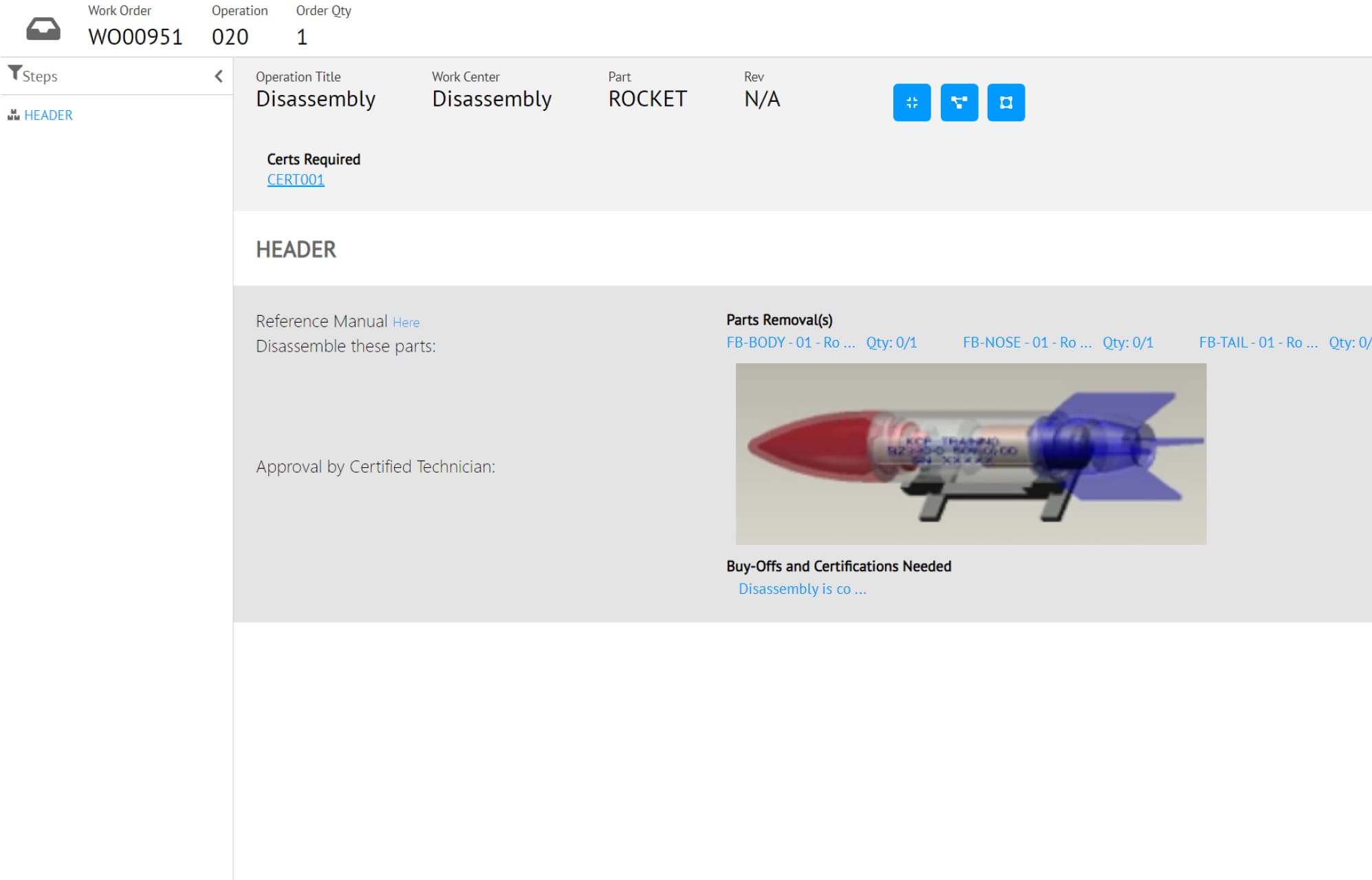
Weave Digital Threads Into a Digital Cloth
Complex products experience a lifetime of maintenance and repair activities after delivery, including upgrades.
An MRO solution creates a digital record of these activities, allowing manufacturers to create a holistic digital cloth from their digital threads. To succeed in weaving a digital cloth that best supports complex manufacturing, particularly when sustainment is critical to program success, manufacturers should look for:
- Ability to share 3D models via STEP and 3D PDF
- Ability to share maintenance materials via standards like S1000D
- Connectivity to leading ERP applications prevalent in MRO industries
- Support for industry service standards such as FAA A, B, C and D Checks
- Ability to handle field-level, depot-level, and factory-level repair/refurbishment sequences
Five Steps to Implement Digital Transformation in MRO Operations
Achieving a more complete digital thread across all involved systems is not always easy. It requires careful planning, investment in the right tools and technologies, and a commitment to change.
Here are some key steps businesses can take to successfully implement digital transformation of MRO operations:
1. Assess your current systems and processes: The first step is to identify areas where digital transformation can have the most significant impact. This may involve conducting a thorough review of your existing MRO operations, including data collection and analysis, asset management, maintenance scheduling, and more.
2. Develop a comprehensive digital strategy: A digital strategy is essential for successful digital transformation. It should include a clear roadmap for implementation, as well as goals and objectives for improving efficiency, reliability, and profitability.
3. Invest in the right tools and technologies: To implement digital transformation, businesses need to invest in software, integration, and even digitally enabled devices such as sensors where warranted. This may require a significant investment upfront, but the long-term benefits can far outweigh the costs.
4. Train your employees: Digital transformation requires a significant cultural shift, and businesses need to invest in training their employees to use new tools and technologies.
5. Monitor and measure your progress: Effective monitoring ensures that digital transformation efforts are having the desired impact. The right systems can help by collecting and analyzing data on key performance indicators such as maintenance costs, asset uptime, and productivity.
Industries served by
Solumina MRO
Solumina MRO was specifically designed for industries built around complex products with multiple levels of sub-assemblies.
While a broad range of industries can benefit from Solumina MRO, it is especially beneficial for critical environments involving complex products.
Major industries that benefit from Solumina MRO include:

Aerospace & Defense (A&D)
Shipbuilding
Industrial Equipment
Nuclear
Electronics
Solumina MRO in Aviation
Solumina MRO helps drive continuous improvement in the aviation industry.
Rising demand for air travel, paired with major backlogs in the production of new aircraft, is increasing the need to maintain older aircraft for longer periods. Amid this increased demand, sustainment providers must grapple with strict compliance and quality standards as well as razor-thin profit margins.
To meet the complex demands of sustainment in the aviation industry, you need MRO software designed for these conditions. Solumina MRO helps aviation service providers with:
Engines
Solumina MRO supports maintenance of engines and related systems such as fuel injection systems, turbo chargers, and other finely tuned assemblies.
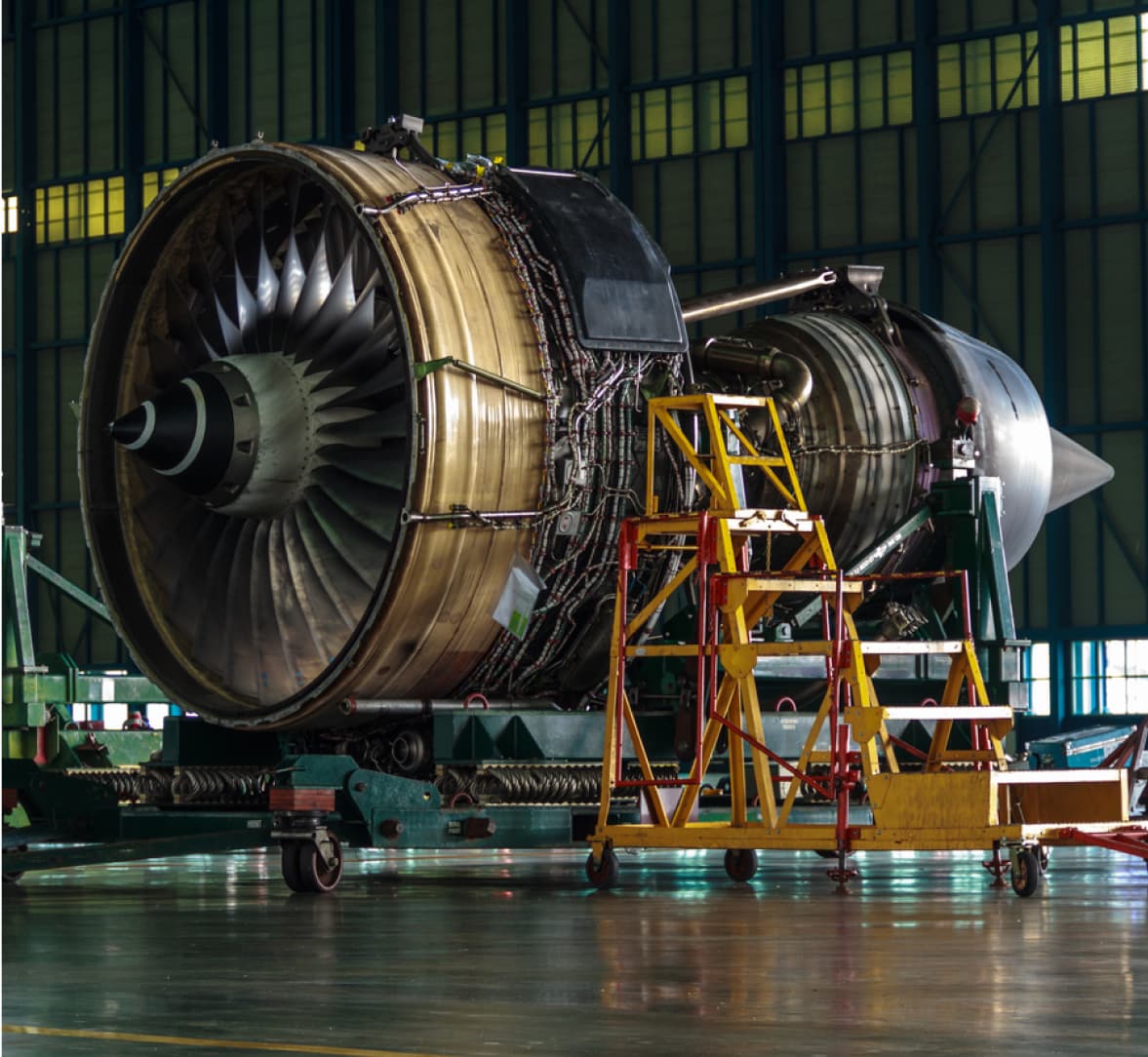
Structural Components
Solumina MRO manages the repair, maintenance, and upgrades of composite and mechanical airframe components, including cargo doors, control surfaces, interior parts, and the fuselage itself.
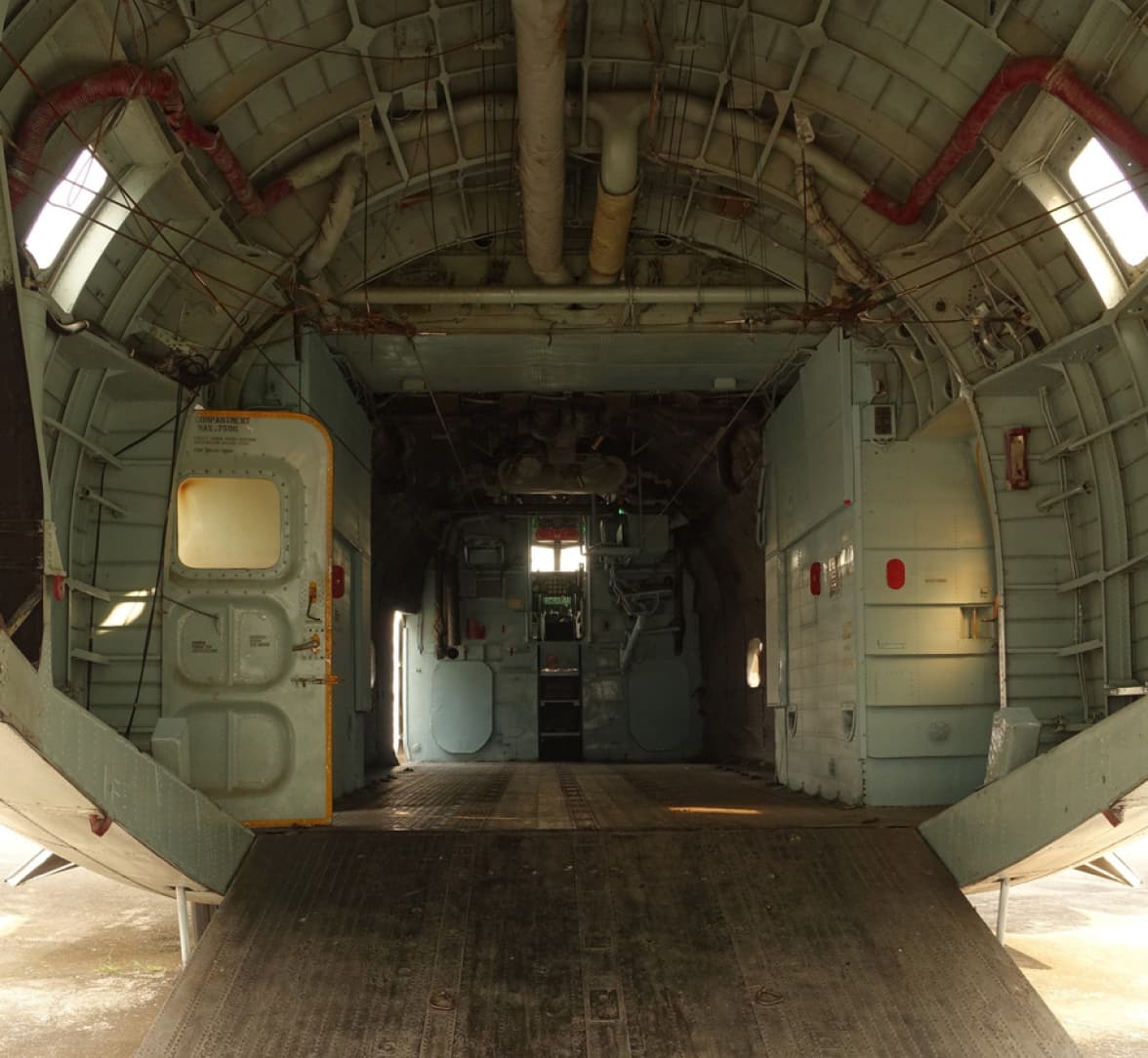
Systems Components
Solumina MRO supports the sustainment of hydraulic and pneumatic system components such as landing gears, as well as electrical systems that are critical to the functionality and safety of the aircraft.

MRO Software Continues to Be a Critical Tool to Manage the Many Costs and Risks Associated with Aviation Maintenance and Overhaul
The aviation industry’s growth in this complex environment requires MRO software that enable enterprises to keep up with these conditions. Download our white paper, Six Innovation Areas in Digital MRO, to learn more.
Processes Transformed by
Solumina MRO
Whether you are an OEM managing your own sustainment or dedicated MRO service provider, Solumina MRO delivers robust functionality that supports and improves a large range of operations in complex sustainment.
Complex Disassembly & Reassembly
Repair
Retro-commissioning
Rebuild or Overhaul
Scheduled Maintenance
Supplier Quality Management
“iBase-t’s software solution for Maintenance, Repair and Overhaul (MRO) operations enables new levels of visibility, productivity and reliability for complex, discrete manufacturers and MRO shops.”
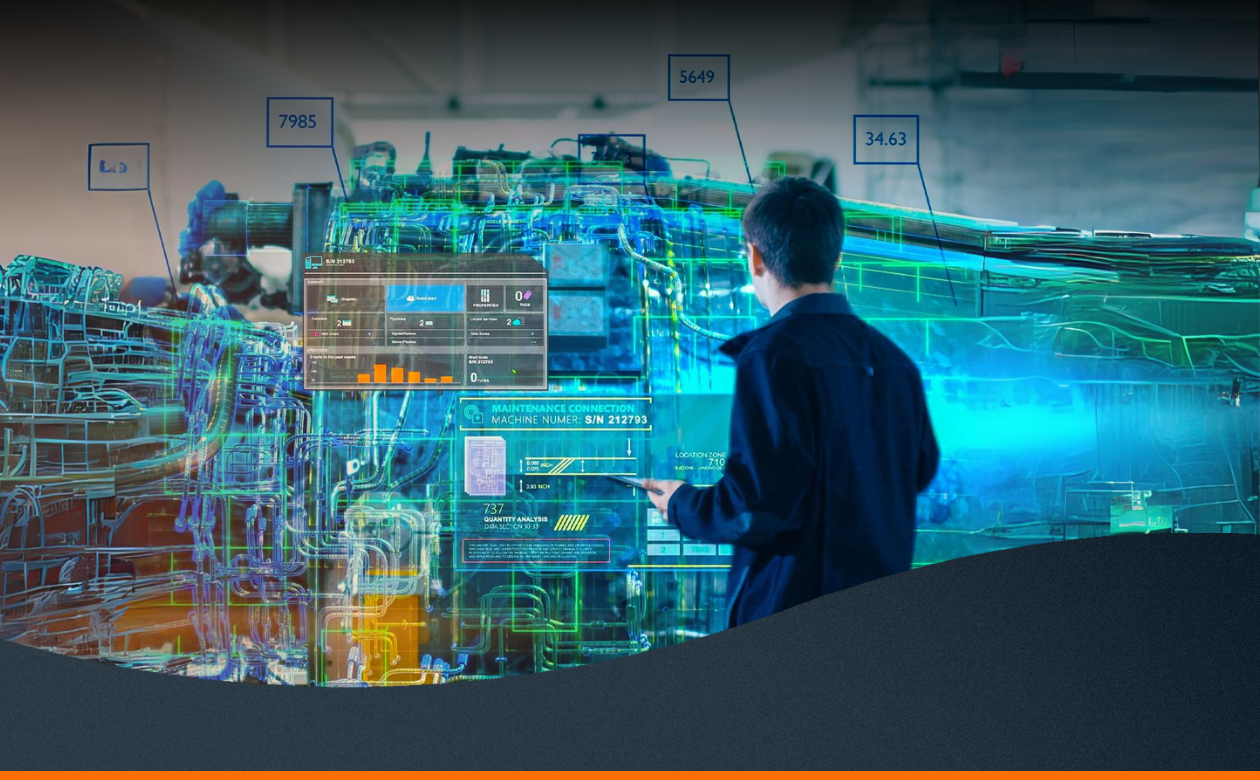
Solumina MRO Brochure
Solumina Maintenance, Repair and Overhaul (MRO) by iBase-t enables new levels of visibility, productivity, and reliability in the sustainment of complex assets.
Benefits Of Solumina MRO
Solumina helps sustainment service providers increase throughput and maintain profit margins.
In an increasingly competitive industry, Solumina MRO enables sustainment providers to optimize resource management, expedite turnaround times, and record every step for compliance and monitoring. Additional benefits include:
Enhanced Productivity
- Increase throughput
- Streamline planned and non-planned work processes
- Utilize as-designed and as-built specifications to improve planning and execution efficiency
- Provide technicians with online work orders containing illustrated instructions, 3D models, specifications, tooling and parts lists, and inspection requirements
Real-Time Visibility
- Collect high-quality data in real time
- Track tooling, parts, and resources
- Collaborate seamlessly with manufacturing and procurement teams
- Provide real-time insight into key indicators of performance, work order status, and resources
- Gain visibility into consumption of supplies and tooling
Process Improvements
- Minimize manual processes, reducing redundant data entry and clerical errors
- Implement changes to manuals and regulatory directives in real-time, preventing misguided work
- Reduce risk and downtime with consistent MRO processes
- Standardize and enforce best practices
Embedded Quality Control
- Record a full history of each step, how it was completed and by whom
- Prompt technicians and inspectors to electronically sign work completion and approvals with required certifications
- Use Corrective Actions to manage investigation, root-cause analysis, and resolution of quality and compliance issues
- Utilize sustainment data to improve the design process
Automated Compliance Documentation
- Automatically log all data collection and approvals into history and storage at every step
- Integrate CAPA processes that can handle complex problems and solutions
- Use compliance as a tool for process improvement
- Ensure that only certified mechanics perform specified work steps and that only calibrated gauges are used
Advanced MRO Technologies
Supporting the MRO Workforce of Tomorrow
Digital MRO solutions are effective in their own right, but they are strengthened considerably when working within a broadly connected infrastructure that supports integration with the latest emerging technologies – from augmented reality and robotics to artificial intelligence.
Solumina MRO delivers out-of-the-box integration capabilities that allow manufacturers to seize these opportunities and transform the latest technologies into their competitive edge.
Artificial Intelligence
Augmented Reality & Wearables
Smart Devices
3D Printing
Solumina MRO for Complex Sustainment
For discrete manufacturers that handle their own sustainment, Solumina MRO is natively integrated with Solumina MES, providing the interdepartmental functionality that’s needed in the most demanding environments.
The Solumina Manufacturing Operations Platform combines planning and scheduling, resource management, quality management, manufacturing execution and sustainment in a single, integrated system. As a result, complex manufacturers can holistically manage production, quality, MRO, and the associated supply chain.
Solumina MRO is also ready for the future. It provides the infrastructure needed to implement advanced capabilities such as AI, augmented reality, IoT connectivity, and more. In short, Solumina MRO is ready to help power the next generation of Industry 4.0 sustainment.
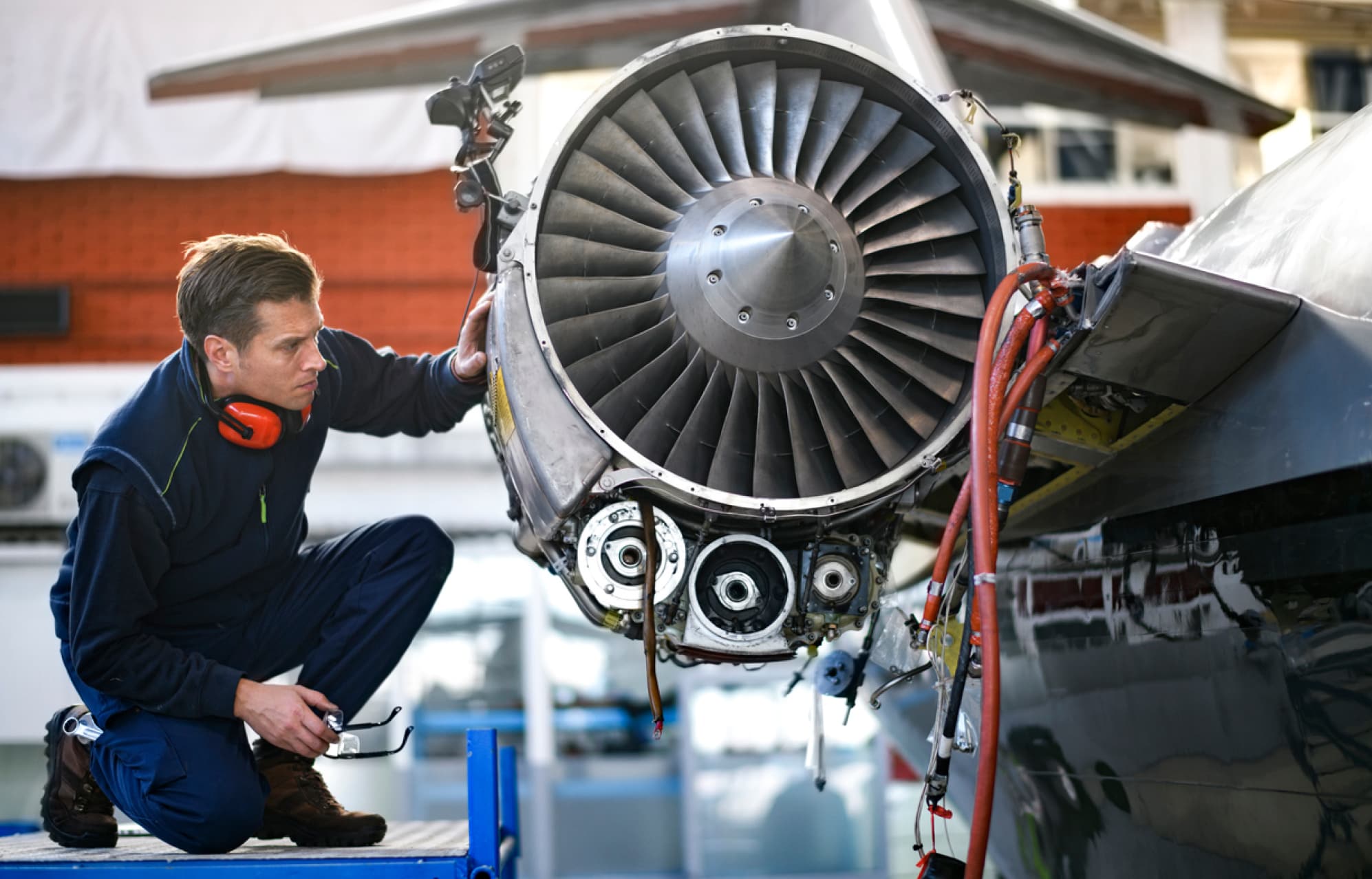
Additional Resources On MRO For Complex Sustainment
Learn What Solumina MES
Can Do for You With a Custom Demo

